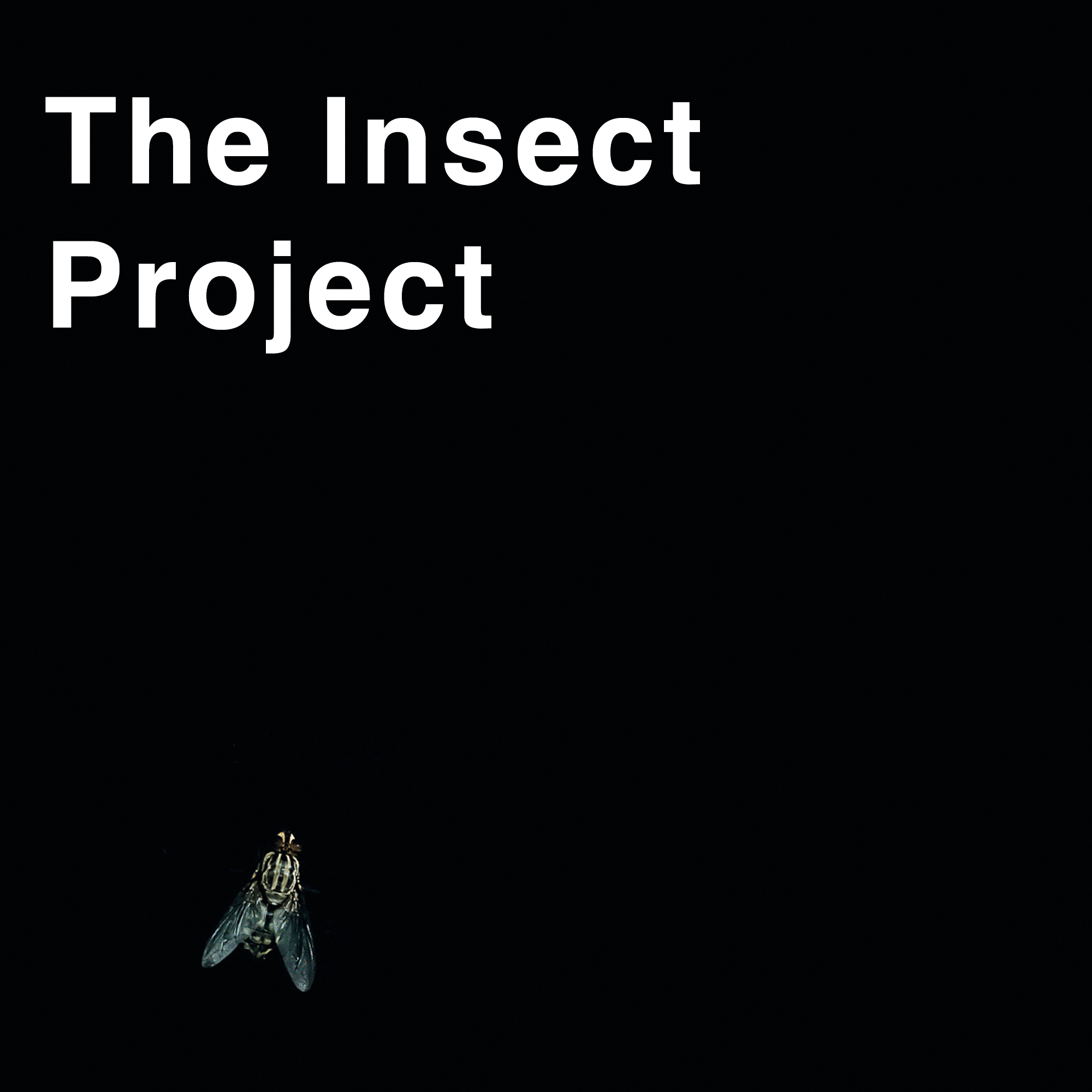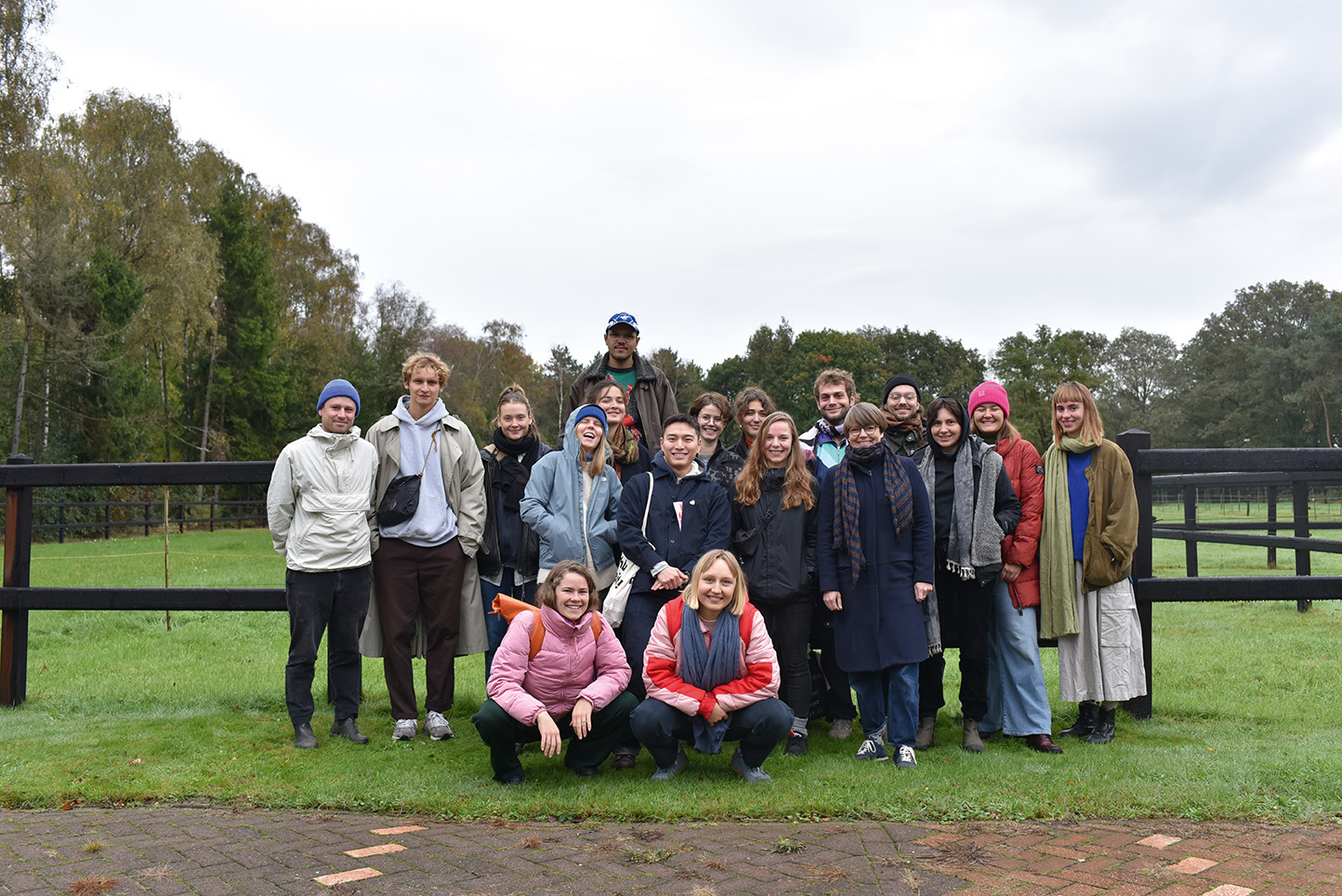The Insect Project – Resilience Part I
Resilient materials and production with, by and for insects

Insects come in an incredible variety – some are highly specialised, others are extremely adaptable. Insects are often overlooked and underestimated. Agriculture, for example, is not a human phenomenon: ants grow mushrooms in well-tempered halls; wasps print complex three-dimensional geometries with waterproof paper. Beetles and butterflies shimmer in impressive colours – even without dyes or pigments. Unfortunately, many species are threatened by climate change. But some will also benefit. Do we meet them with fear of plagues or do we see them as an opportunity to develop strategies together to secure the future?
Thanks to multi-layered research, practical exploration and interdisciplinary dialogue, we have succeeded in designing new products, habits and lifecycles with insect-based materials. A variety of concepts have emerged, including local silk production that rears endangered species in the classroom and only harvests the material once the butterflies have hatched; a participatory workshop that integrates insect-based foods into local habits; the production of special medical agents while controlling the beetle population and several concepts for the cascading and networked use of black soldier fly by-products in everyday consumer goods. Critical thinking and reflection played a major role in doing justice to animals, humans and the environment in equal measure. Even if acceptance and a willingness to change are necessary, the projects show possible paths for a more resilient future.
The results will be presented in November 2024 together with the subsequent semester project „The Plant Project – Resilience Part II“ in the exhibition „Futures: Materials and Design of Tomorrow“ exhibition at the GRASSI Museum of Applied Arts.
| supported by: | Prof. Mareike Gast Karl Schikora Andreas Wagner |
| year: | 2023/24 |
| level: | 3rd year BA and Master |

